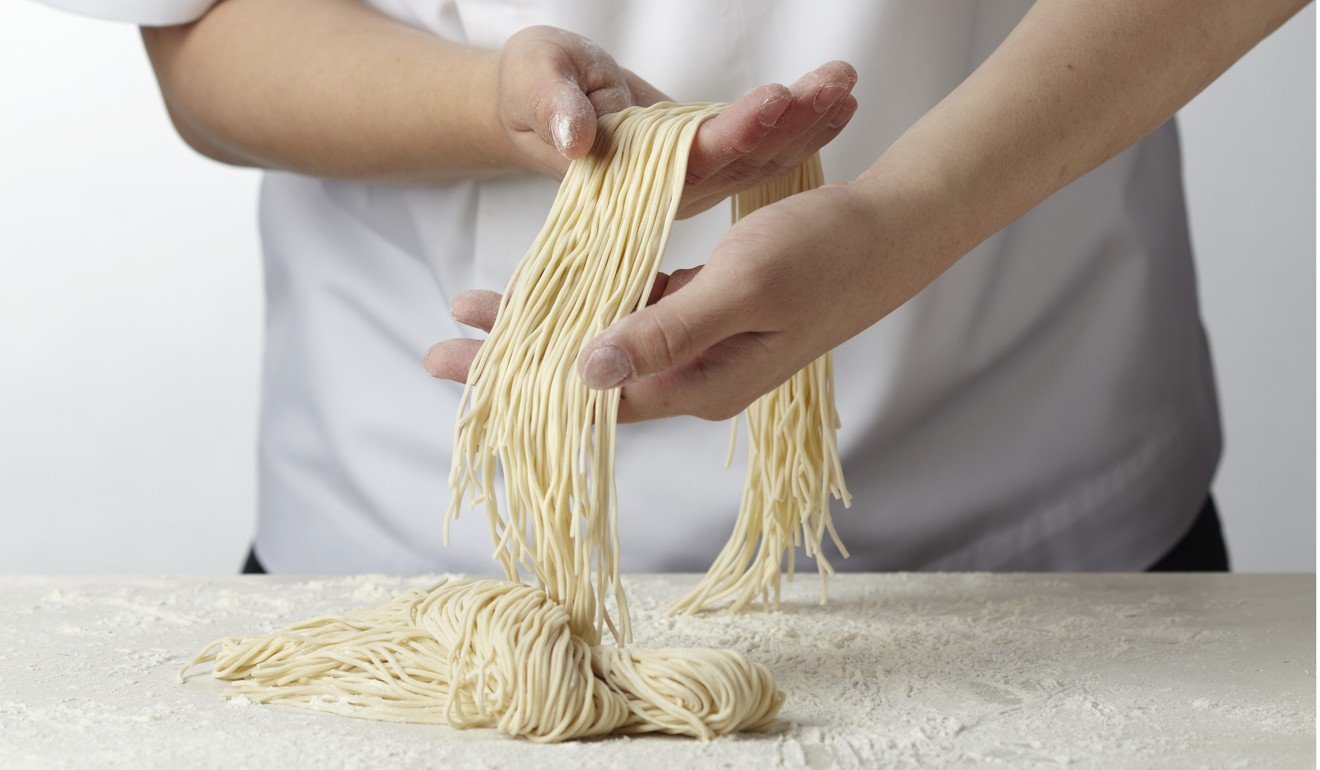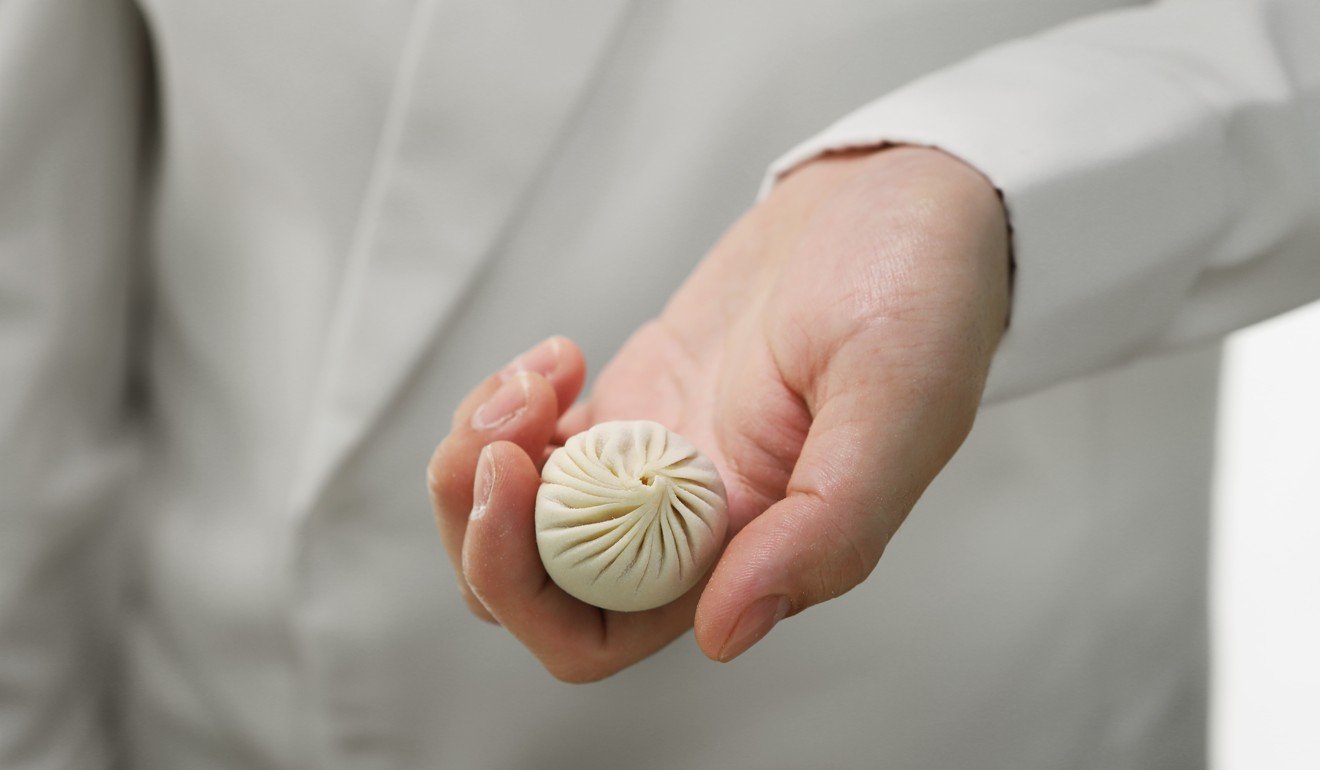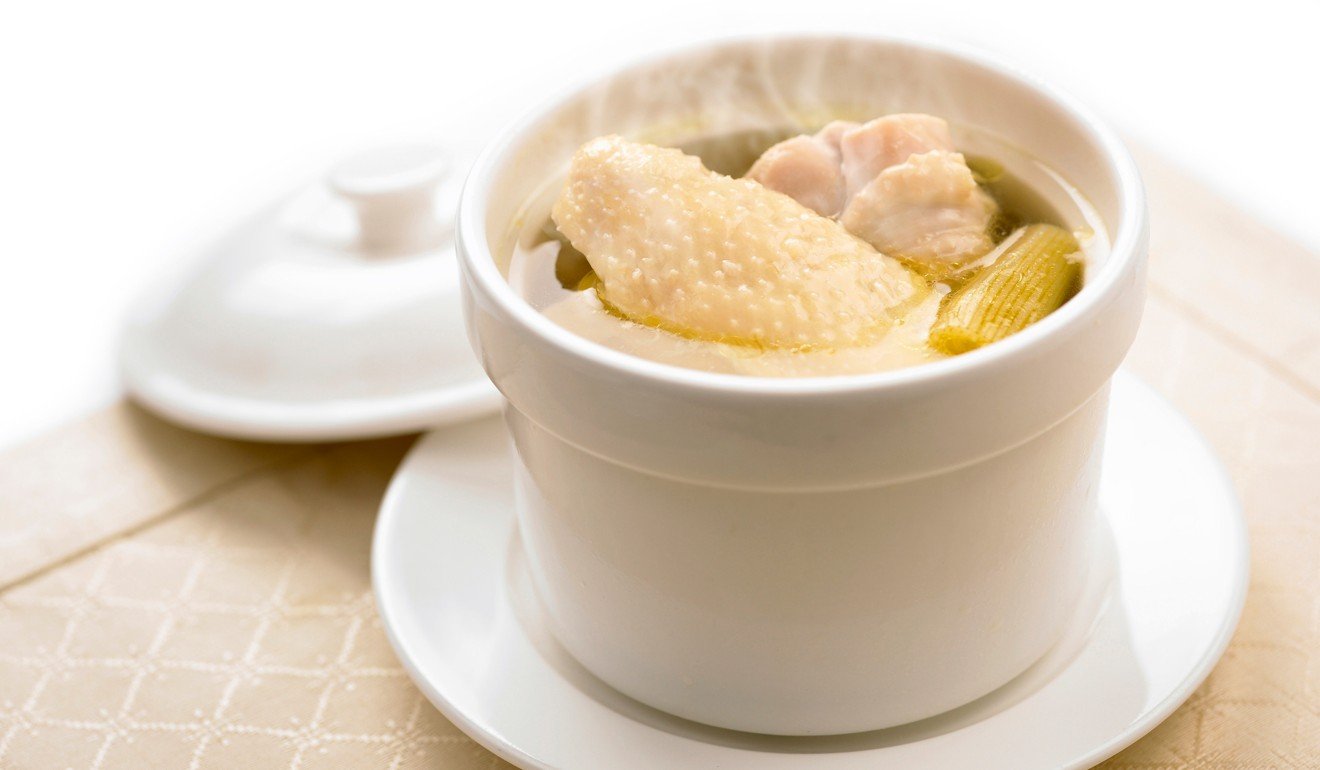
Famous Taiwan dumpling restaurant makes its debut in Europe with London opening
- Din Tai Fung’s renowned xiaolongbao – steamed pork soup dumplings – can now be had in trendy Covent Garden
- Its London outpost has a new twist – a cocktail bar
Framed by the window of a historic house on Henrietta Street, in London’s trendy Covent Garden entertainment area, is a glossy advertisement featuring a woven bamboo basket filled with cream-coloured, pleated, steamed dumplings.
The heritage building, in the centre of London’s theatreland, is the site of dim sum specialist Din Tai Fung’s first restaurant in Europe. It opened last week to rave reviews, and within hours photos of its world-famous xiaolongbao – steamed pork dumplings – had become an Instagram sensation.
Dumpling delight: Hong Kong’s seven best xiaolongbao places
A second Din Tai Fung branch is due to open in nearby Tottenham Court Road in spring 2019.
Din Tai Fung began life in Taiwan as a wholesale cooking oil shop, founded by Bingyi Yang in 1958. Yang and his wife, Lai Penmei, began to offer customers their home-made, soup-filled xiaolongbao as a way of diversifying their business.

Such was the dumplings’ popularity that, in 1972, Yang converted the whole shop into a restaurant. Now, his xiaolongbao are served in more than 140 restaurants around the world, including the United States, Australia and Hong Kong – where there are four branches.
“Tinned oil went on sale in the early ’70s in Taiwan, and this prompted a decline in sales at Mr Yang’s shop,” says Henry Chu Heng Hwee, chief executive of BreadTalk Group, the Singaporean company leading Din Tai Fung’s expansion into Europe.
“The quality and exceptional taste of Yang’s xiaolongbao attracted many customers and the business took off thanks to word of mouth advertising.”

Chu says that what makes the dumplings at Din Tai Fung so popular is that each has a minimum of 18 folds, and they have to pass through six different stations, each manned by a different team of dim sum chefs, before being served up steaming hot.
Each of the high-maintenance dumplings is prepared by hand – a process that takes 40 minutes – and it is their consistently high quality that ensures satisfied customers continue to spread the word about Din Tai Fung’s food.
“Din Tai Fung operates in 14 diverse territories with really eclectic demographics,” Chu says. “The constant is that we are lucky to have very loyal fans who have grown with the brand and allowed us to remain successful to this day.”
After nearly half a century, Din Tai Fung’s xiaolongbao are still considered a great delicacy. The “soup” inside the wrapper is created from a mixture of ground pork and fragrant oils, which releases delicious juices as the dumpling steams.
The look and feel of Din Tai Fung’s Covent Garden interiors depart from the brand’s classic modern Oriental style displayed across Asia
There is an art to eating xiaolongbao, though diners may have their own favourite approach. One popular method is to dip a dumpling in soy sauce and vinegar, then place it onto a spoon. Next, gently pierce it with a chopstick to release some steam, before eating dumpling and condiment in one single bite.
This way, the tender wrapper delivers a shot of umami-rich pork soup directly into the mouth, without scalding the tongue. Nibbling daintily at a xiaolongbao risks losing the delicious liquid enfolded by the dumpling skin. A soup dumpling needs to be eaten whole – less elegant, but more satisfying.
Concealed behind a white stucco shop front, the interior of the London Din Tai Fung is modern and striking, with design elements from East and West created by Song Yih, of Song Yih Design Studio, Taiwan – principal designer behind Din Tai Fung’s sites in Taiwan, Singapore, Dubai and Thailand.
Clean lines generated by natural wood and grey brick tiles create a peaceful, uncluttered space, with a central staircase leading to an upper floor with further seating for guests. An open-concept kitchen is a focal point of the London outpost, allowing diners to watch the team of expert dim sum chefs in action, a feature of Din Tai Fung restaurants across the globe. But the decor of the London space has taken a new direction.
“The look and feel of Din Tai Fung’s Covent Garden interiors depart from the brand’s classic modern Oriental style displayed across Asia,” Chu says. “Instead, it represents the symbolic meeting of the two cultures, creating a sanctuary for modern and traditional Taiwanese architectural beauty in which East meets West.”
Subtle decorative features, including refurbished wood carvings salvaged from old buildings across China, represent the cultural origins of the brand. Carved stone lions are positioned in such a way as to attract good luck.
The two legendary stories behind xiaolongbao
A series of paintings by Singaporean artist Tan Oe Pang has been commissioned for the new London establishment. Combining traditional Chinese ink painting with modern subject matter, Tan’s “Haipai” (East meets West) style complements the vision of the designers.
Chu is especially pleased with Din Tai Fung’s location. “Covent Garden has a beautiful heritage to it, which makes for a suitable backdrop to the rich culinary heritage that Din Tai Fung has to its name,” he says.
The no-reservations outlet seats close to 250 customers. Growing excitement about the impending opening suggested it would be popular, something that Chu anticipated.

“We chose London as our first stop in Europe because it has become a fantastic and excitingly complex market, home to some of the best chefs and restaurants globally,” he says. “Also, Londoners travel a lot, so they understand and embrace uncompromised flavours like ours. Not forgetting that many of our loyal fans in this city have been asking us to come for many years.
“I think the customers should be a balanced mix of foodie locals and international tourists alike,” he adds.
Chu says the London menu has not been adapted for local tastes. All Din Tai Fung restaurants, he says, offer the same signature Taiwanese dishes. Besides the famed xiaolongbao, customers can enjoy steamed chicken soup, steamed prawn and pork siu mai, as well as a large number of vegetarian options – many of which can be adapted for vegan customers.

“We are bringing our authentic Taiwanese dishes and flavours, as we are certain that Londoners would not accept any less than that,” he says.
To recreate Taiwanese flavours, the London team has spent time searching the UK for suitable produce to use in the kitchen, which has not been easy.
“To maintain exacting culinary standards, premium, fresh ingredients need to be sourced locally,” Chu explains. “It has been quite challenging to find suppliers that were able to support Din Tai Fung’s exacting standards of raw ingredients.
“Key ingredients such as rice, flour and Din Tai Fung’s own brand of soy sauce had to be imported from Taiwan to maintain flavour consistency.”

Din Tai Fung sent chefs from its London team to Singapore for three months of intensive training and immersion to ensure they understand how to represent the brand in the UK.
Becoming a Din Tai Fung is a rigorous process. Recruits spend at least six months at each position in the kitchen. Chefs must pass a stringent test at one station before they can learn new techniques at the next.
The newly trained Covent Garden kitchen team has some overseas staff to help them. Taiwanese chefs are being deployed to continue their training on-site and to ensure consistency, Chu says.

Another feature of the London outpost is a cocktail bar, which serves both alcoholic and non-alcoholic cocktails with Taiwanese influences, as well as Chinese teas. It is the first cocktail bar in a Din Tai Fung outlet.
“London is the perfect platform [for a cocktail bar] because the bar industry here is leading cocktail trends around the world, exploring lower alcohol drinks, sustainable serves and, most importantly, food pairing,” Chu says.
Much as he enjoys the challenge of introducing new elements to the London restaurant, Chu is most excited about his role as a culinary ambassador.
The story of dumplings – Inside China
“What I find most rewarding about the experience is to have the opportunity to bring Din Tai Fung to the UK for the first time, and to be able to introduce the Taiwanese cuisine and culture to Londoners,” he says.

